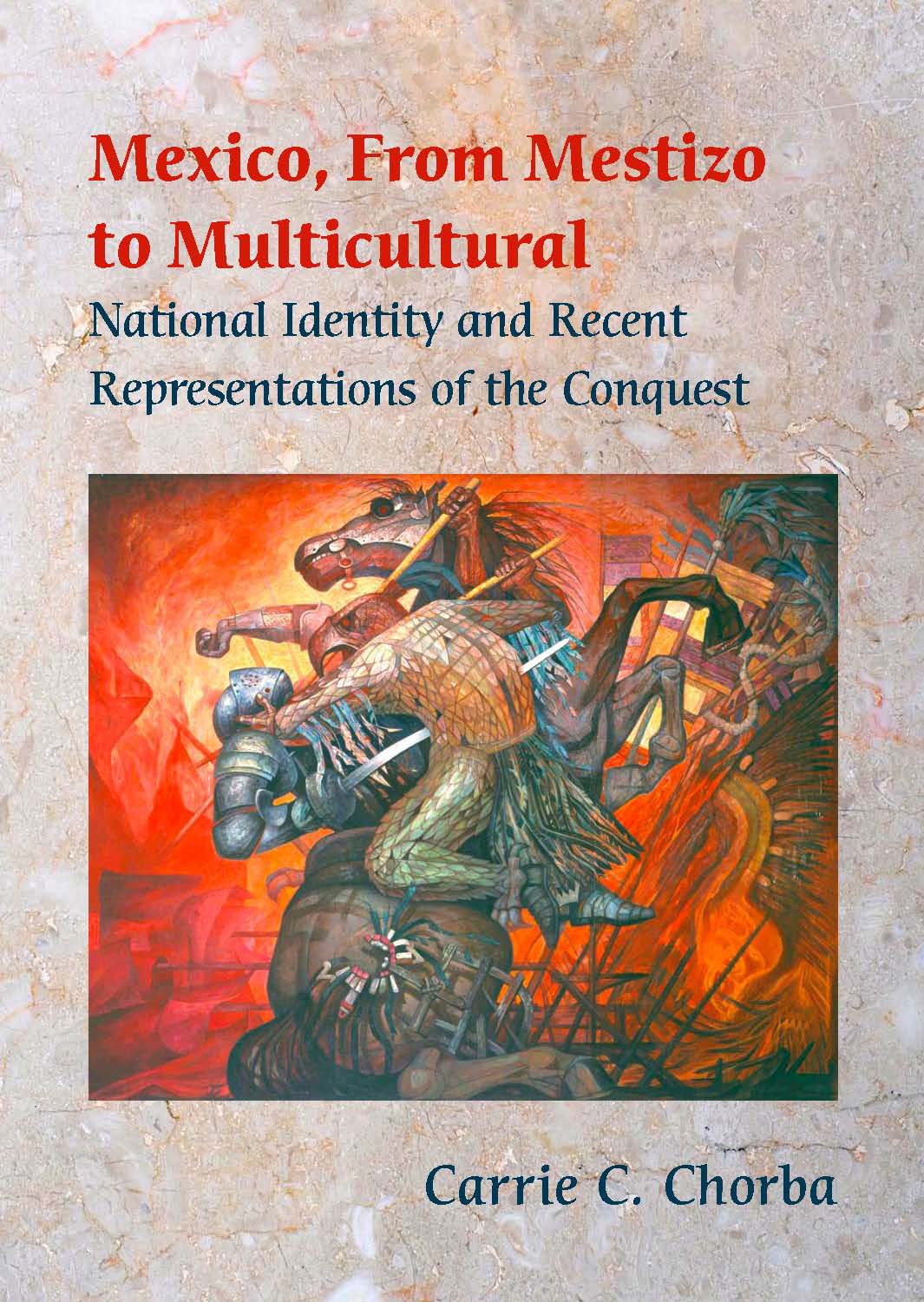Extended Families: Mixed-Race Children and Scottish Experience, 1770-1820
international journal of scottish literature
ISSN: 1751-2808
ISSUE FOUR, SPRING/SUMMER 2008
Daniel A. Livesay, Assistant Professor of History
Drury University, Springfield, Missouri
Daniel Livesay was winner of the 2007 North American Conference on British Studies Prize, Dissertation Year Fellowship for “Imagining Difference: Mixed-Race Britons and Racial Ideology in the Eighteenth Century Atlantic.”
Three years prior to the ending of the slave trade, Jamaica’s richest and most influential merchant mused on the possible consequences of abolition. Writing to his friend George Hibbert in January of 1804, Simon Taylor offered a stark vision of the British imperial economy without slave importation, echoing scores of other pro-slavery writers who preached the financial doom and gloom of a post-abolitionist society. Economics, however, were not the only thing on either man’s mind. Hibbert, in a previous letter, had asked Taylor for his thoughts on the future of Jamaica’s white population if fresh supplies of slaves came to a halt. He wondered if the colony’s whites could farm sugar themselves and if such back-breaking labour would further stifle the increase of the island’s already meager European population. Throwing off his earlier pessimism, Taylor replied with high hopes for the growth of Jamaica’s white residents. His optimism sprung from a phenomenon he had watched develop over the last two generations: ‘When I returned from England in the year 1760 there were only three Quadroon Women in the Town of Kingston. There are now three hundred, and more of the decent Class of them never will have any commerce with their own Colour, but only with White People. Their progeny is growing whiter and whiter every remove […] from thence a White Generation will come’. Taylor had seen all other attempts to increase the white population fail and he believed that this process of ‘washing the Blackamoor White’ to be the only way to build an effective racial hedge against an overwhelming black majority on the island.
If miscegenation was the answer to Jamaica’s problems, Simon Taylor could claim to be doing his part for the movement. Indeed, he had earned a reputation on both sides of the Atlantic for his multiracial family. Not long after arriving in Jamaica with her husband, the new Lieutenant-Governor of the island, Lady Maria Nugent visited Simon Taylor in his Golden Grove estate. She commented in her diary that Taylor was ‘an old bachelor’ who ‘detests the society of women’, but she seemed determined to win him over. However, she could not help but register surprise after an evening at Taylor’s estate when ‘[a] little mulatto girl was sent into the drawing-room to amuse [her]’. Recording the event in her diary, she noted, ‘Mr. T[aylor] appeared very anxious for me to dismiss her, and in the evening, the housekeeper told me she was his own daughter, and that he had a numerous family, some almost on every one of his estates’. Taylor’s sexual activities with slaves and women of colour were not unusual, nor was his attempt to hide them from European eyes. Like many white West Indians at the time, Taylor may have given some favours to his children of colour, but he did not treat them as full members of his family.
In contrast to Simon Taylor’s inattention to his mixed-race children, John Tailyour, Simon’s cousin, made a significant attempt to provide for his offspring of colour. Tailyour originated from Montrose, near Simon’s ancestral home in Borrowfield, and made several unsuccessful attempts at business in the colonies. Forced to abandon his tobacco trade in Virginia at the outbreak of the American Revolution, he returned to North America in 1781, but failed to establish himself in New York’s dry-goods market. Rather than return home to Scotland once again, Tailyour ventured to Jamaica at his cousin Simon’s invitation, where he operated as a merchant from 1783 to 1792. With very few white women on the island from which to choose, Tailyour took up residence with an enslaved woman from his cousin’s plantation. The couple eventually had four children together before Tailyour finally decided to return to Scotland in 1792. Rather than leave his children in Jamaica, however, John Tailyour sent at least three of them to Britain for their education and to be brought up in a trade. His conduct toward his mixed-race offspring stands in sharp relief with that of his cousin’s and reveals the complicated attitudes that whites had toward these children…
Read the entire article here.
